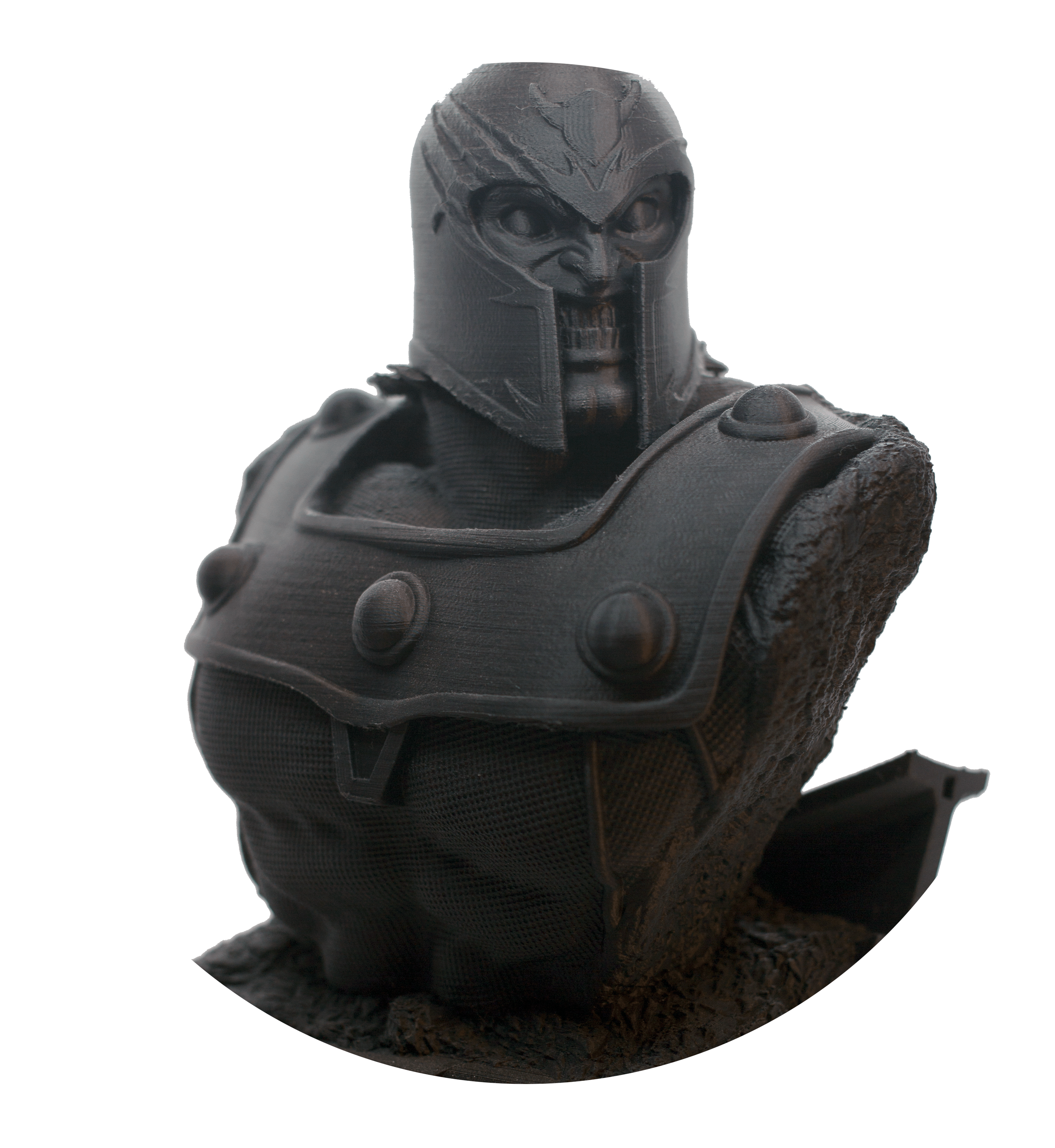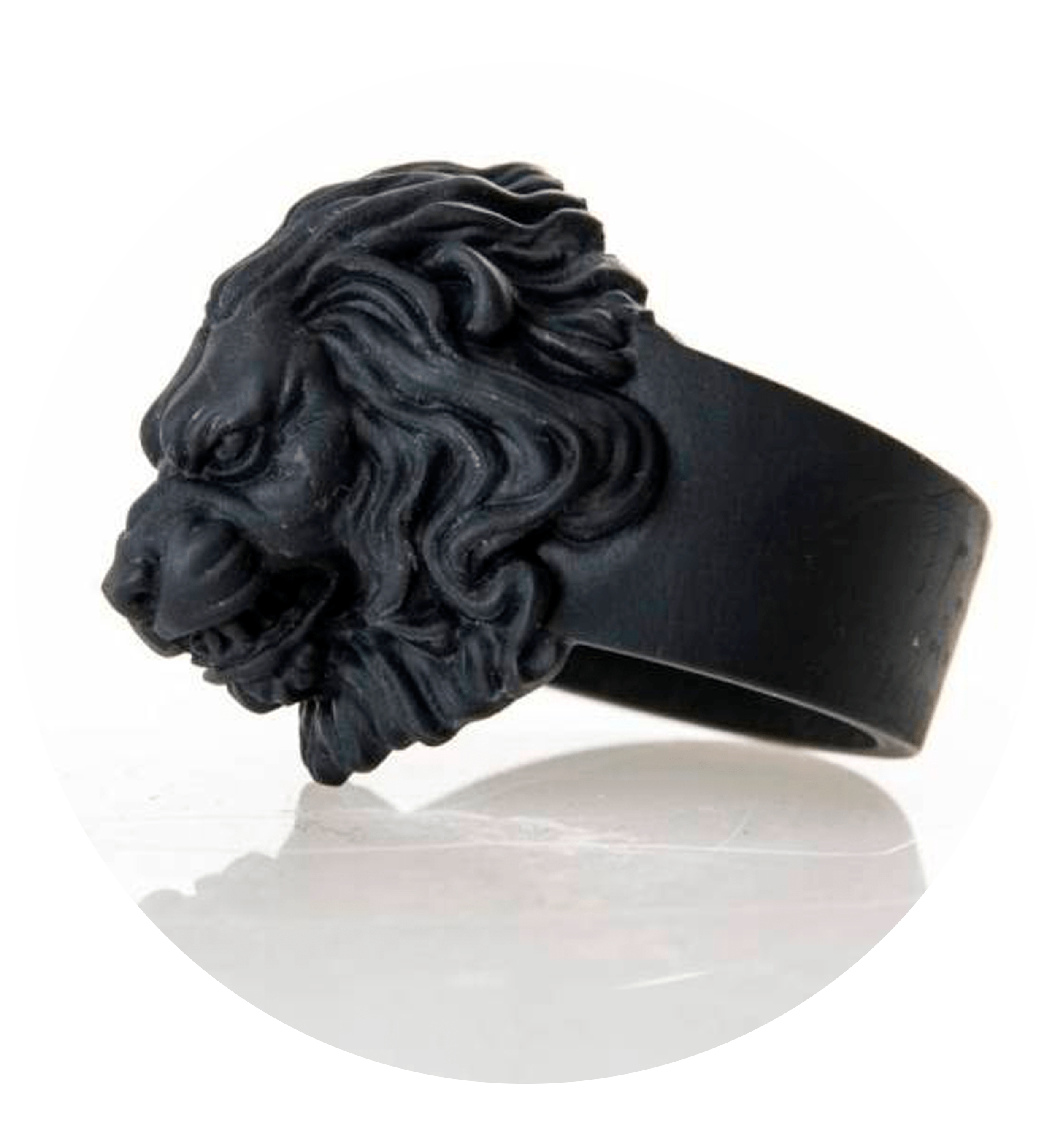LARGE FORMAT
FDM MANUFACTURING
FDM is a 3D printing method where a layer of material is melted and fused while it is positioned in a structured way to create an object. FDM is useful when doing rapid-prototyping or when you need large format functional 3D prints.
LARGE FORMAT
DLP MANUFACTURING
DLP stands for digital light processing and is a type of vat polymerization. Vat polymerization 3D printing technologies make use of a (liquid) photopolymer resin which is able to cure (solidify) under a light source. DLP creates high detail objects with a smooth finish but is limited to smaller objects.
Ready to Print Your Next Project?
Let’s get started. Contact us today to request a quote or upload your model. We'll help you turn scans into physical parts you can use, test, display, or sell.
3D PRINTING GUIDELINE
WHAT FILE TYPE, SCALE AND UNITS DO YOU NEED?
STL and OBJ are preferred for all 3D printing materials.
File preparations may be required for STP/STEP, 3DS, 3DM and DWG.
All models should be scaled 1:1 as per intended final print size.
WHAT IS THE LARGEST YOU CAN PRINT?
FDM PLASTIC: 500 x 500 x 500mm and 605 x 305 x 205mm
DLP RESIN: 277.85 x 156.26 x 300mm
WHAT ARE THE TOLERANCES OF FDM?
Layer height: minimum 0.1mm, typically 0.2mm
Precision Tolerances: +/- 1mm
Overhang Support: Max 45 degree overhangs over 45 degrees will require support materials.
Max Bridging: 5mm, surface finish will sag and deteriorate beyond this limit.
Minimum detail size: 0.8mm
Minimum supported wall thickness: 1mm, 2mm if unsupported.
Minimum supported wire thickness: 1mm, 2mm if unsupported.
Infill Density: 0% to 100%
WHAT IS THE TOLERANCE OF DLP?
Hardness: 84D
Shrinkage: 3.72-4.24%
Bending Strength: 59-70MPa
Extension Strength: 36-52MPa
Elongation at Break: 11%-22%


